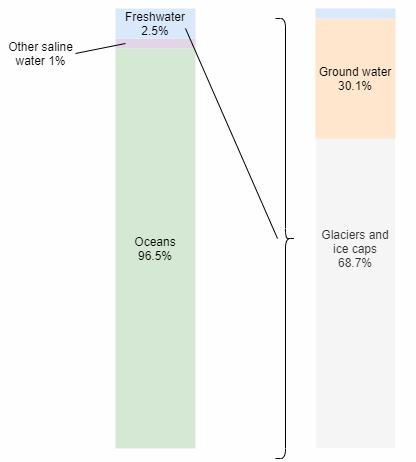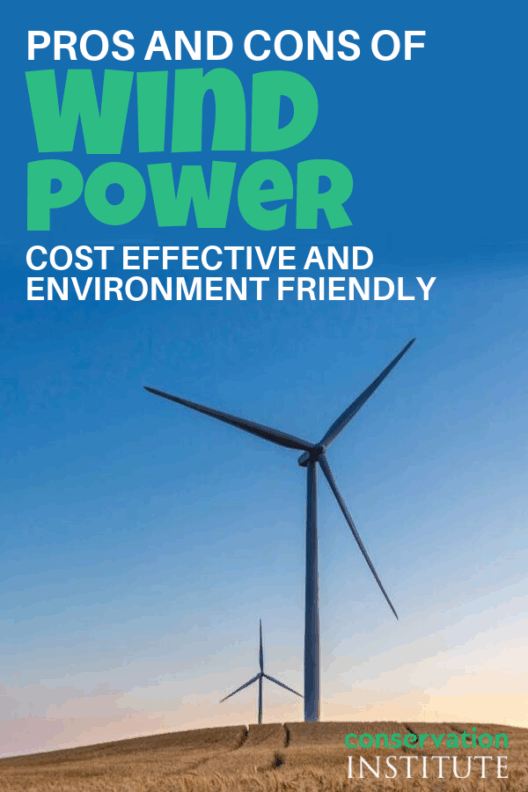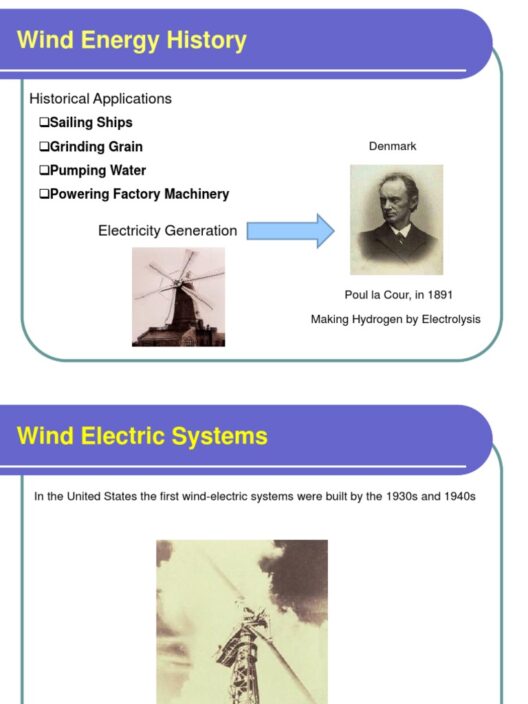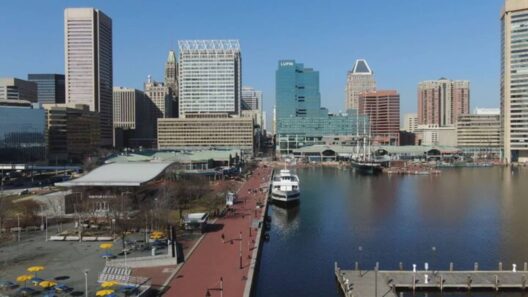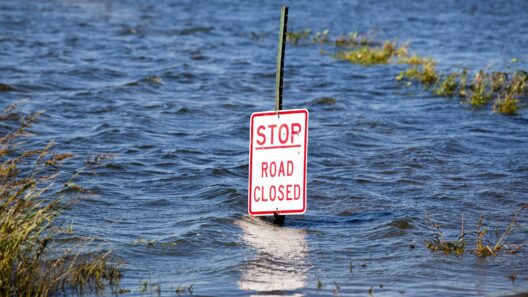As the relentless march of climate change continues unabated, the implications of its most pervasive effects become increasingly stark. One of the most profound consequences is the rise in global sea levels, a phenomenon that poses grave threats to coastal ecosystems, human settlements, and the stability of various economies. Understanding the underlying factors contributing to this disturbing trend is paramount in grappling with its environmental ramifications.
In this exploration, we will delve into the primary causes driving this increase in ocean levels, illuminating the complex interplay of natural processes and human activities. The urgency of comprehending these elements cannot be overstated, as they underpin not only environmental stewardship but also societal resilience in the face of change.
One cannot begin this examination without acknowledging the paramount role of thermal expansion due to global warming. As the atmosphere warms, it invariably heats the oceans. This increase in temperature causes seawater to expand, which leads to a rise in sea levels. It may seem simple, yet the consequences are multifaceted. The Intergovernmental Panel on Climate Change has reported that approximately half of the observed sea-level rise since the mid-20th century can be attributed to this thermal expansion alone. This intricate connection between atmospheric temperature and oceanic behavior is a stark reminder of the delicate balance of Earth’s systems.
The aesthetic beauty of our oceans, once vibrant and teeming with life, now confronts the harsh reality of this expansion. The ethereal shades of blue and green, which symbolize vitality and abundance, may soon be compromised by the encroaching waters and their inevitable salinity changes impacting biodiversity.
Moreover, the melting of glaciers and polar ice sheets represents another significant contributor to rising sea levels. The Greenland and Antarctic ice sheets hold colossal volumes of freshwater. As global temperatures escalate, these ice masses are melting at an alarming rate, releasing their contents into the surrounding seas. According to satellite observations, the Greenland ice sheet alone contributed over 200 billion tons of water to the oceans each year from 1993 to 2019. The unexpected rapidity of this melt has raised alarm bells among scientists and environmentalists alike, illustrating the precariousness of our planet’s ice reserves.
Furthermore, the phenomenon of ice melt is not solely limited to the polar regions. Mountain glaciers worldwide are also vanishing, contributing to rising sea levels. From the Himalayas to the Andes, these storied ice formations are releasing their intricate beauty into the oceans, signaling not just climatic shifts but also the loss of cultural heritages tied closely to these majestic landmarks.
As we transition from natural processes to anthropogenic influences, we encounter another crucial factor: the extraction of groundwater. Human activities, such as agriculture and urbanization, often lead to significant groundwater depletion. When this water is used and ultimately flows into the sea, it adds to sea-level rise as well. The atmosphere and subterranean aquifers are irrevocably linked; the water we draw from the ground often finds its way back into the oceans, exacerbating the ongoing crisis.
In this scenario, the aesthetic appeal of lush landscapes and abundant freshwater sources faces dire challenges, prompting questions about sustainability and ethical stewardship. As populations grow and water demands surge, communities must grapple with the intricate balance of water use and conservation.
Implementing coastal development and stormwater management also contribute to the altered levels of oceans. Projects designed to harness the coastlines often disrupt natural barriers, further leading to a decrease in natural land that could buffer against rising waters. Urban infrastructure, designed without foresight regarding climate impacts, can magnify the risks posed by higher sea levels, rendering once picturesque shorelines vulnerable to the erosion of both land and habitat.
Yet, amidst the multifarious factors driving this crisis, one undeniable truth remains: the urgency to adapt. As rising sea levels threaten coastal civilizations, concerted efforts must be made to not only understand the causes but also to enact measures that could mitigate the damage. The development of sustainable practices in agriculture, urban planning, and water management can lead to an improved resilience strategy. Innovations in technology that focus on renewable energy and carbon sequestration could help rekindle the hope for a more harmonious existence between humanity and nature.
In conclusion, the increasing sea levels are a clarion call for urgent action as we navigate the treacherous waters of climate change. While the factors contributing to this shift range from thermal expansion and melting ice to anthropogenic groundwater extraction, it is vital to recognize that every choice made today can ripple through time. Addressing the causes of rising sea levels requires both immediate responses and long-term strategies that embrace sustainability, empathy towards nature, and an unwavering commitment to preserving the beauty of our planet’s coastal environments for generations to come. Each wave that laps against the shore presents not just a challenge but an opportunity—a chance to forge a world where humanity coexists sustainably with the tides of change.


